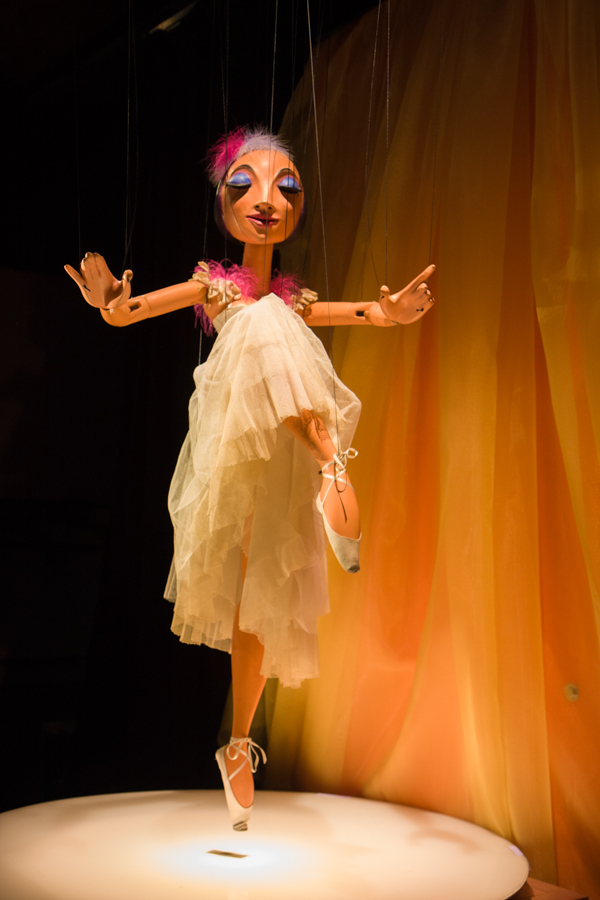
(1925-1972)
Irmgard Sturm was born on 17 August 1925, the daughter of a teacher. She grew up in Querfurt and Naumburg. At the age of 17 she staged her first shadow play.
After the Second World War, she staged The Puppet Show of Dr. Faust in Leipzig in 1948 and Goethe’s The Fairy Tale of the Beautiful Lily and the Green Snake with shadow theatre in 1949.
In 1950 she studied under Harro Siegel in Braunschweig. A prolific pupil, she mastered the design of all kinds of theatrical figures and created the puppet of Paulova, which was later acquired by the puppeteer Herta Frankel.
At the end of the 1950s, she joined the Waldorf School in Stuttgart as a teacher. Here she created the shadow play Das Lichtschwert (The Lightsaber), based on an Irish fairy tale, which was characterised above all by its disembodied mythical creatures, such as mist spirits.
For this she worked with transparent materials such as thin paper, fabrics and foils, some of which she layered on top of others. The light was able to create ever new effects through lenses, camera-like mechanical shutters, coloured crystals and moving projections of fire, water and smoke. The production work lasted several years.
After Irmgard Sturm’s early death, the The Lightsaber was continued by the Stubenrauch family and in the early 1990s passed into the hands of the Leipzig puppeteer Frank Schenke, who performed it with a group of young people mainly from Leipzig and finally donated it to the Dresden Puppet Theatre Collection.
The string puppet of the dancer Paulova belongs to the collection of the Marionetarium.
Paulova is still alive, and takes part in some of the puppet shows performed by the Company.



